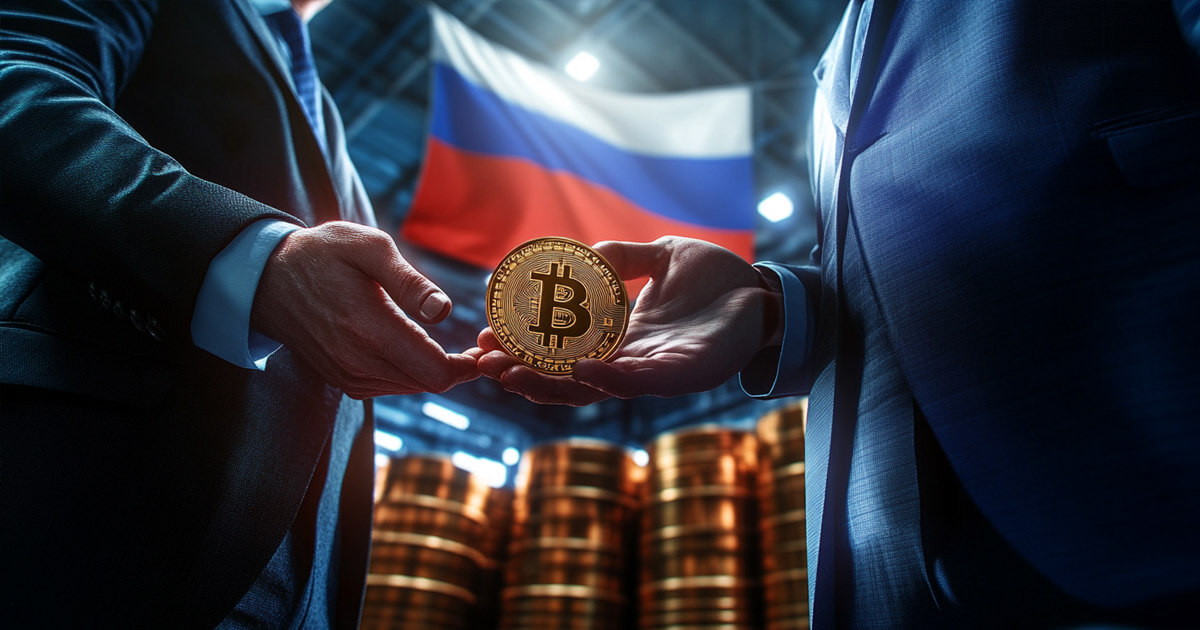
Russia is actively using Bitcoin and other cryptocurrencies to counter the impact of Western sanctions on its economy, Reuters reported on December 25.
The report quoted Finance Minister Anton Siluanov, who recently stated that Russian companies have started using digital currencies, especially Bitcoin mined in the country, for international transactions. He reportedly said:
In addition to Bitcoin, blockchain analytics firm Chainlysis suggested that stablecoins such as USDT and USDC have a role to play in Russia international trade. These digital assets offer high liquidity, but their centralized control could jeopardize their wider adoption.
This strategic step comes after Western countries imposed sanctions in response to Russian actions in Ukraine. These measures have significantly limited the ability of Russian companies to conduct international trade through conventional banking systems.
As a result, Russia has looked for alternatives, with cryptocurrencies becoming a prominent solution.
In July, Russian lawmakers passed a law allowing the use of digital currencies in cross-border trade. In November, President Vladimir Putin had formalized legislation that categorized cryptocurrencies as property for foreign trade purposes. This move introduced tax breaks for digital transactions and exempted crypto mining and sales from VAT.
Putin has also openly supported digital currencies, describing them as unstoppable tools to increase economic efficiency and stability.
Siluanov echoed this sentiment and expressed confidence that cryptocurrency adoption in international trade will increase in the coming year. He said these measures will continue to expand, giving Russian companies more flexibility in navigating global markets.
“We believe that they should be further expanded and developed. I am confident that this will happen next year.”
Despite this progress, Russian crypto adoption has limitations. For context, the government plans to impose a six-year mining ban in ten regions from January 2025 to tackle energy problems.


